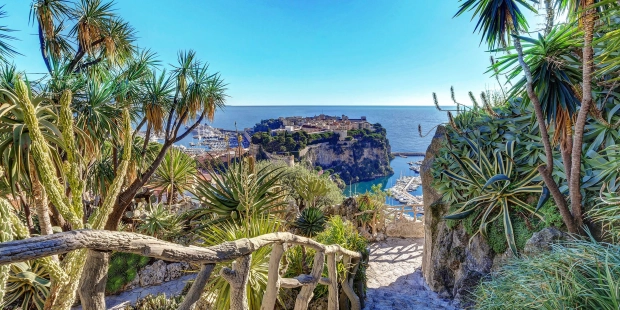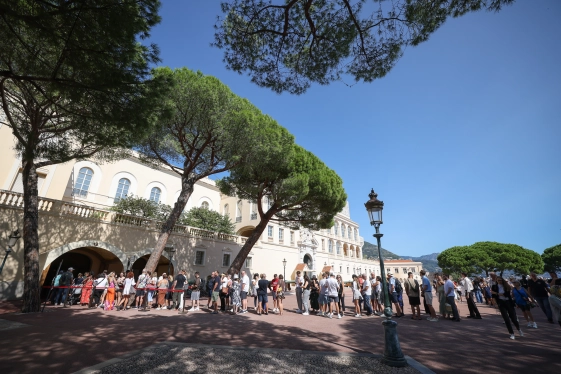

Introduction
Concerned about its natural heritage, the Principality has taken steps to protect local flora and fauna. The Department of the Environment manages and preserves this natural heritage, including through the implementation of several tools such as inventories and maps, as well as by introducing protective and surveillance measures.
Marine Heritage
Two marine protected areas have been created: the Larvotto marine protected area, which seeks to conserve and showcase the Neptune grass meadows over an area of nearly 33 hectares; and the Spélugues coral reef marine protected area, which aims to protect the coral formations that are home to symbolic species such as sea urchins, sponges and noble pen shells. Particular attention is paid to heritage species such as Neptune grass, noble pen shells, red coral and dusky grouper, as well as to notable habitats such as the Roches Saint-Martin and the Roches Saint-Nicolas.
While 224 species of fish have been recorded in Monegasque territorial waters, around 30 notable species have been identified on the Roches Saint-Martin. These species are considered by the French network of Natural Areas of Ecological, Faunistic or Floral Interest (ZNIEFF) – Sea to be decisive factors.
Monaco also joined the RAMOGE agreement in 1976, with the aim of protecting the marine environment, and became part of the Pelagos Sanctuary, a similar initiative launched with France and Italy intended to protect marine species and their habitats.
Coastal Heritage
Despite being a densely built-up city state, the Principality nonetheless has a significant natural heritage. The cliffs of the Rocher are true refuges which provide a home for a growing wildlife, safe from human activities. Furthermore, there are five habitats which benefit from a European protected status: wet inland cliffs, vegetated sea cliffs of the Mediterranean coasts, calcareous rocky slopes with chasmophytic vegetation, thermo-Mediterranean scrub with tree spurge (type of plant) and thermo-Mediterranean scrub with dwarf palm. The cliffs at the Hospital, the Exotic Garden, the Port of Fontvieille and Chemin des Pêcheurs, as well as the Prince’s Palace glacis comprise the largest number of heritage species.
An inventory of terrestrial flora indigenous to the Principality, carried out in 2006, made it possible to identify 347 species and sub-species, including six endemic species and 18 species with significant heritage value. As for ornithological inventories, these have recorded 60 bird species, including 10 whicGISh hold a European protected status and seven considered to be endangered. In addition, two species are symbolic of the Principality and come to the country to nest: the Mediterranean shag and the peregrine falcon.
Wooded heritage
The Principality also has a rich wooded heritage. Monaco was originally made up of plane trees, holm oaks, carob trees, citrus trees, pine trees and cypress trees. The Department of Urban Amenities manages an inventory that lists all the trees in the Principality within the geographic information system (GIS). In addition, some trees are described as “heritage” trees, on the basis of both biological and social criteria. The social criteria are based on several aspects, including the role that a tree can play in the characterisations of a garden or a district, the commemorative or historical aspect, but also its origin, the event or the individual associated with its planting. The thousand trees that have been granted this status can be identified by a plaque and are recorded in the Government’s GIS database.
Events

Exhibition - The Butterfly Effect: The Prehistory of Animals

Exhibition - Méditerranée 2050

Expo 2025 Osaka, Kansai, Japan
News posts

Design me a garden – Competition to design flower beds – Call for participants

Design me a garden – Competition to design flower beds – Call for participants
